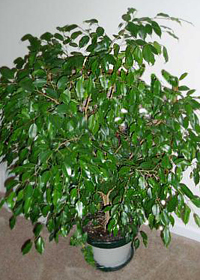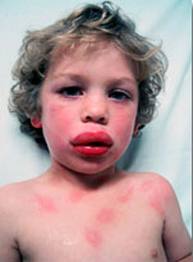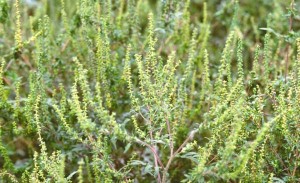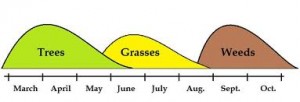Generally house dust and dust mites, pet dander, feathers, moulds and ragweed are meantioned, when it comes to the topic of allergies. Nuts and peanuts have also been associated with violent allergic reactions.
With skin prick tests (SPT) the allergists can very clearly determine what substances the allergy sufferer is sensitive to.
A small study, which appeared in the September edition of Allergy has shown that allergic rhinitis in a patient, can have its origin in exposure to houseplants. Allergic rhinitis with a runny nose and sneezing is often neglected, as-opposed to asthma or an urticarial rash. It is perceived as more of a nuisance than a threat. Allergic rhinitis sufferers were subjected to SPT’s along with a healthy control group. 78 % of allergic rhinitis patient had a positive STP to at least one plant, while none of the control group developed significant reactions to any of the tested plants.
The plants that produced the most frequent sensitization were Ficus benjamina, yucca, ivy and palm tree.
More information about:
1. asthma: http://nethealthbook.com/lung-disease/asthma-introduction/
2. stuffy nose: http://nethealthbook.com/ear-nose-and-throat-diseases-otolaryngology-ent/nose-problems/stuffy-nose/
Reference: The Medical Post, October 10, 2006, page 2
Last edited November 1, 2014









